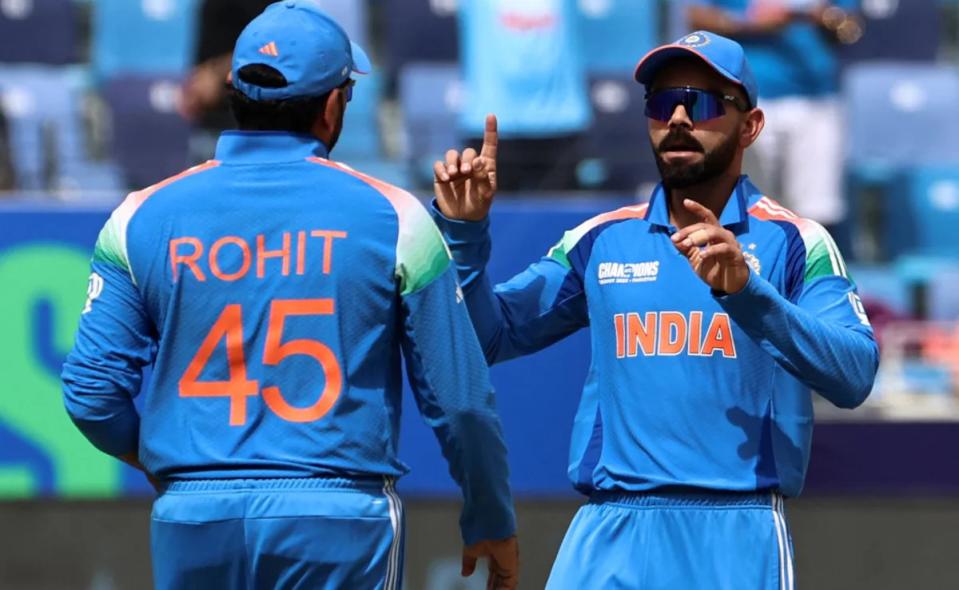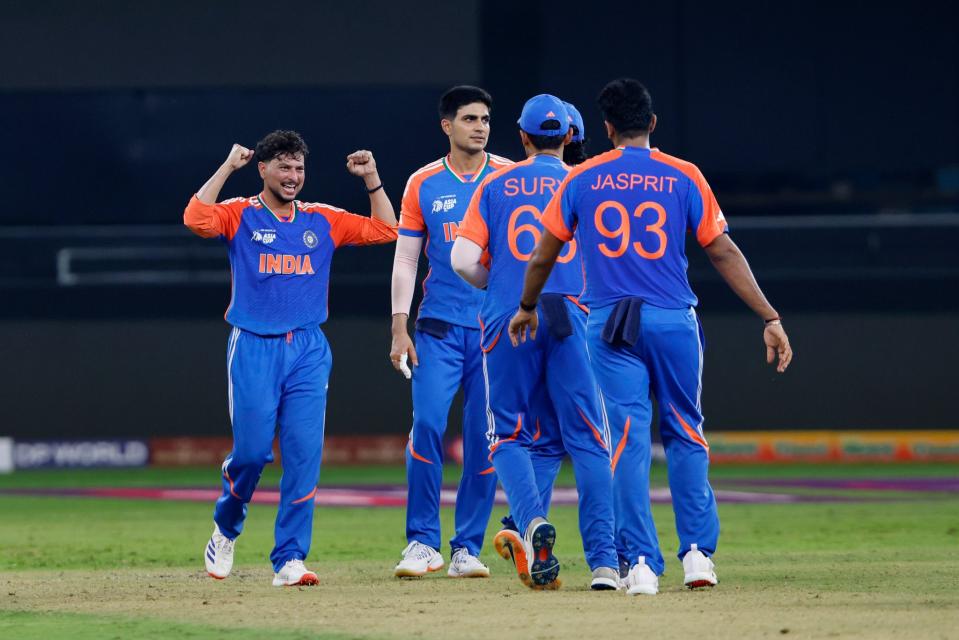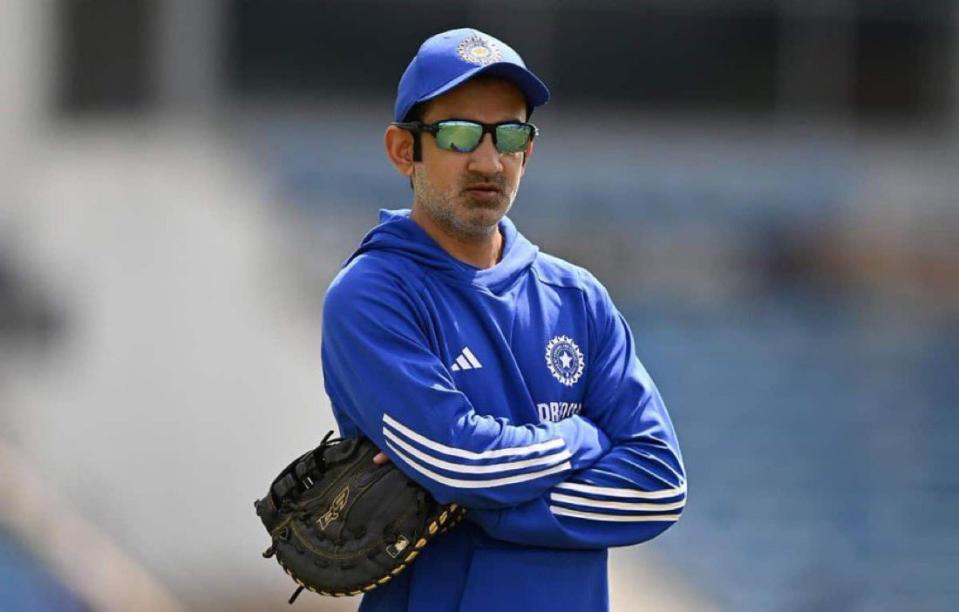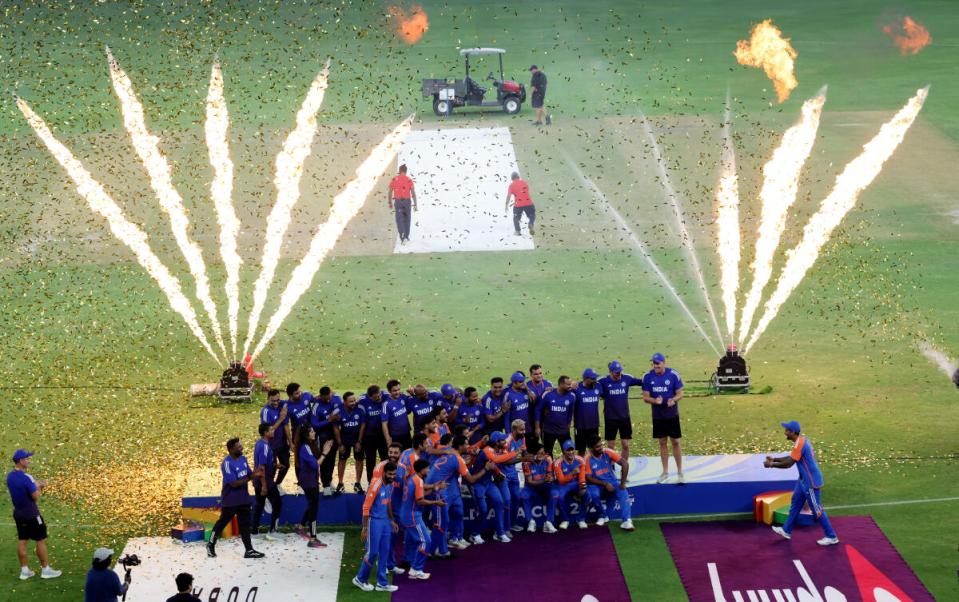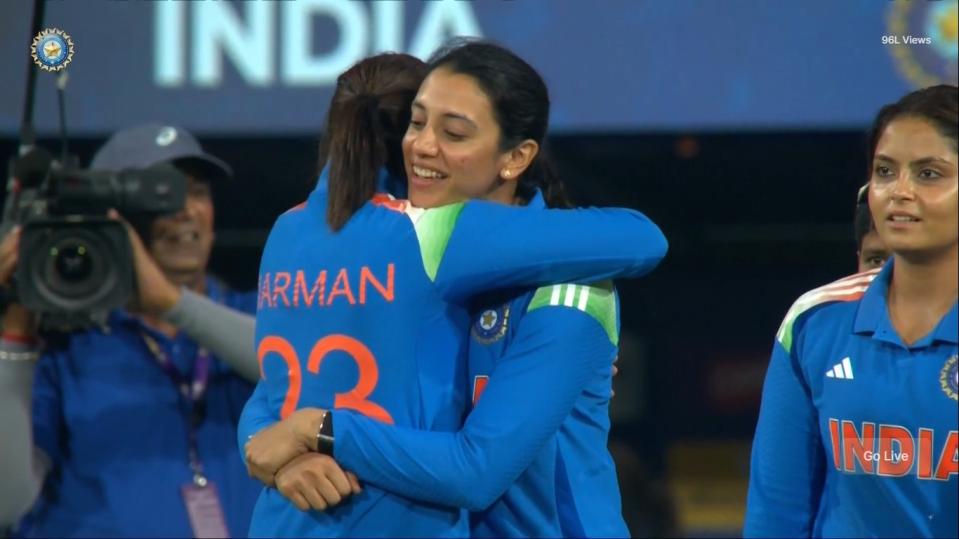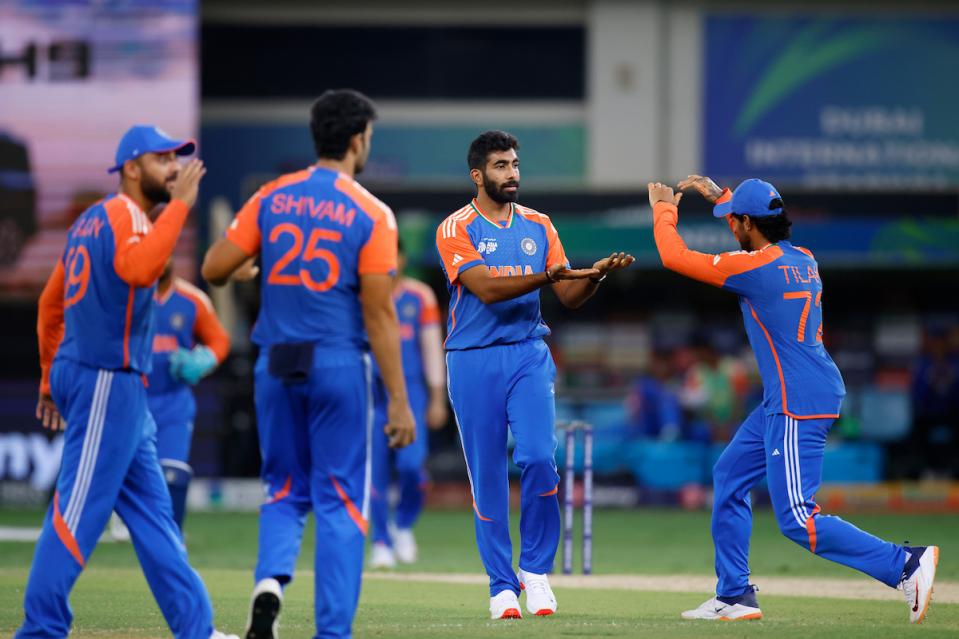Indian cricket prepares for an important phase as the national team gets ready for the limited-overs series against Australia later this month. The upcoming three-match ODI series, beginning on October 19, will mark the return of Rohit Sharma and Virat Kohli, both of whom last featured for India during the ICC Champions Trophy earlier this year. Their inclusion is bound to generate excitement, as India seeks momentum against a strong Australian side. The Board of Control for Cricket in India (BCCI) is expected to confirm the squad on October 4, with five T20 Internationals also part of the tour.
Rohit, who guided India to victory in the Champions Trophy, and Kohli, who displayed brilliant form in the same competition, are expected to form the backbone of India’s batting order. They chose this path to extend their international careers while focusing on the format where they still thrive. Having announced their retirement from both Test cricket and T20 internationals, they now carry the responsibility of adding stability and experience to India’s ODI plans. Their comeback, alongside emerging stars, adds weight and promise to the series.
Balancing the present with the future
While the return of Rohit Sharma and Virat Kohli boosts India’s immediate prospects, selectors must balance short-term gains with long-term planning. Their wealth of experience cannot be overstated, but age remains an unavoidable factor in squad planning. By 2027, when the next ODI World Cup arrives, Rohit will be close to 40 and Kohli will be 38, which makes it uncertain how consistently they can perform at the highest level with fewer matches under their belt.
On the other hand, players like Yashasvi Jaiswal and Abhishek Sharma have already shown explosive batting in domestic and T20 internationals, suggesting they are ready for greater responsibility. Leaving them out in favour of senior names could delay their development on the biggest stage. Ideally, the selectors should monitor Rohit and Kohli’s form and fitness through domestic ODIs such as the Vijay Hazare Trophy while ensuring that promising youngsters continue to receive exposure.
If managed well, India could enter 2027 with a mix of experience and fearless youth, ensuring both continuity and competitiveness. As seen with recent stories like Abhishek Sharma shares the story behind his ‘chit’ celebration in IPL 2025 and IND vs WI: Ravindra Jadeja reflects on new role as vice-captain, Indian cricket is heading into a phase where experienced leaders and emerging stars must coexist. The task now lies with the selectors to ensure that balance remains intact.
